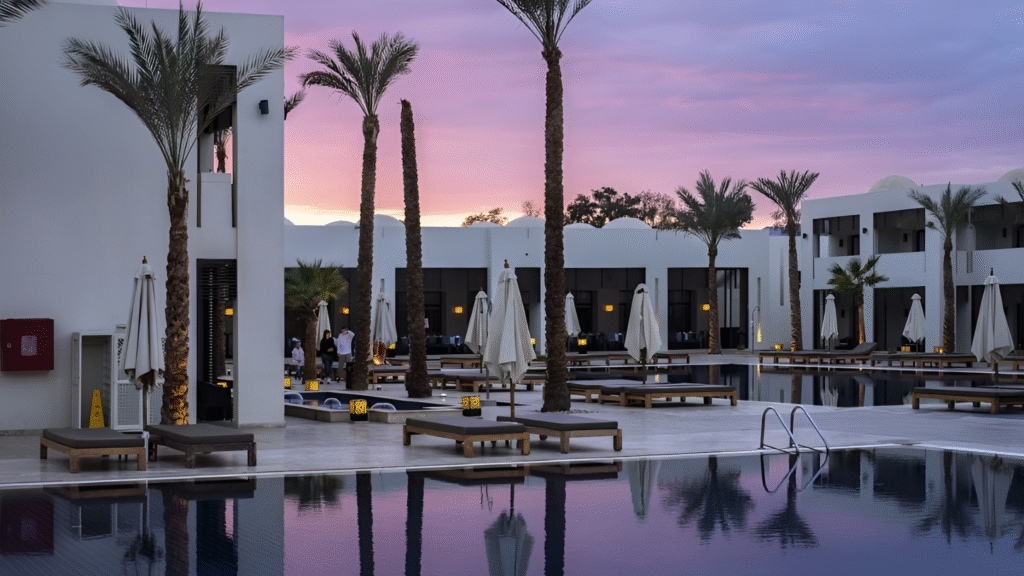India’s auto-retail industry is not merely a transactional network—it’s the backbone of the Indian economy, catalyzing economic growth, employment generation, and technological innovation across both urban and rural India. Valued at ₹9 lakh crore in FY25, this thriving sector is a testament to resilience, adaptability, and opportunity. Every incremental growth in this industry translates into millions of livelihoods, underscoring its massive socio-economic impact. At the core of this sector are 9,000 dealer principals, operating through 15,000 authorised dealerships and over 30,000 outlets across vehicle segments—two-wheelers, three-wheelers, passenger vehicles (PVs), commercial vehicles (CVs), construction equipment, and tractors. This widespread network contributes over 5 million direct jobs, enabling rural employment and skill development without migration, thanks to robust on-the-job training models. Crucially, for every job at an OEM (Original Equipment Manufacturer) facility, the auto-retail ecosystem supports 18 downstream jobs in sales, service, logistics, and vehicle finance—a remarkable employment multiplier effect. This makes auto-retail one of the most significant contributors to skilled and semi-skilled job creation in India. Robust Fiscal Contribution and Unmatched Reach The sector also delivers substantial returns to the government, generating GST collections of ₹3.3 lakh crore and an additional ₹88,113 crore in road tax revenues in FY25. In many districts, dealership density stands at 2.05 per 100,000 people, twice the rate of most organised retail verticals, ensuring last-mile delivery of mobility solutions and after-sales services. Diverse Revenue Streams and Strong Service Ecosystem The revenue composition of the Indian auto-retail sector reflects its deep product diversity and integrated services model: Service-wise, new vehicle sales contribute 75–80% of dealership turnover, while spares, accessories, and service operations account for 15–20%. Additionally, vehicle finance and insurance packages are bundled in over 85% of PV sales, enhancing both dealer profitability and customer convenience. Legacy, Employment, and Expansion With more than 60 dealerships operating for over 50 years, India’s auto-retail sector balances legacy and innovation. On average, a passenger vehicle showroom employs 100 individuals, and a two-wheeler outlet sustains 50 jobs, reinforcing the sector’s role in grassroots employment generation. From FY21 to FY25, retail volumes increased from 22 million to 26 million units, delivering a CAGR of over 4%, with projections of 7–9% growth in FY26. The overall market size is expected to cross ₹9.7–9.9 lakh crore, reaffirming the industry’s growth trajectory. The Road Ahead: Digitisation and Green Mobility India’s auto dealerships must now evolve into digital-first experience centers, leveraging virtual reality (VR), AI-powered lead scoring, and predictive inventory analytics. The transition to green mobility—including electric vehicles (EVs), hybrid, CNG, and hydrogen-powered options—is a pivotal opportunity for the sector. Growth in Tier-2 and Tier-3 markets, driven by better rural infrastructure and last-mile delivery systems, will unlock vast new customer segments. Policy Support and Industry Collaboration To accelerate this evolution, policy interventions are critical. These include: The Federation of Automobile Dealers Associations (FADA) is committed to working with government bodies, OEMs, and industry stakeholders to craft balanced regulations that drive innovation, ensure consumer protection, and foster inclusive growth.



